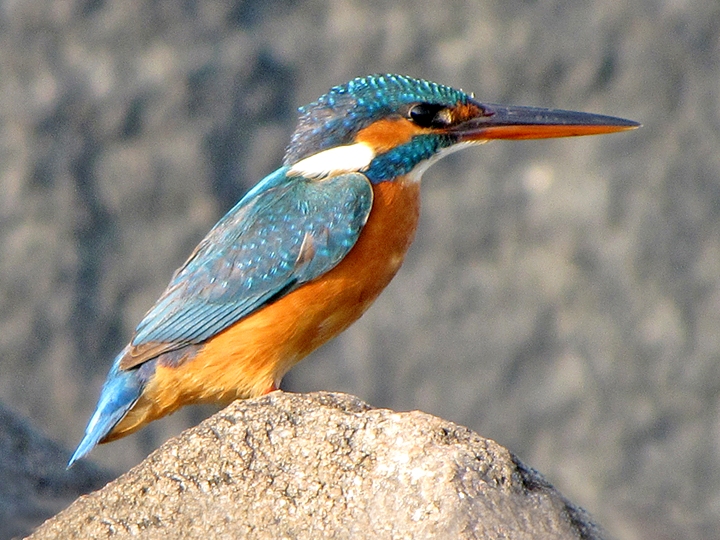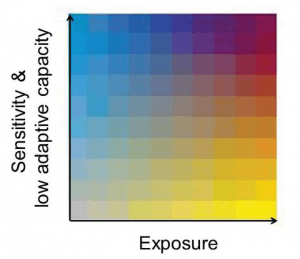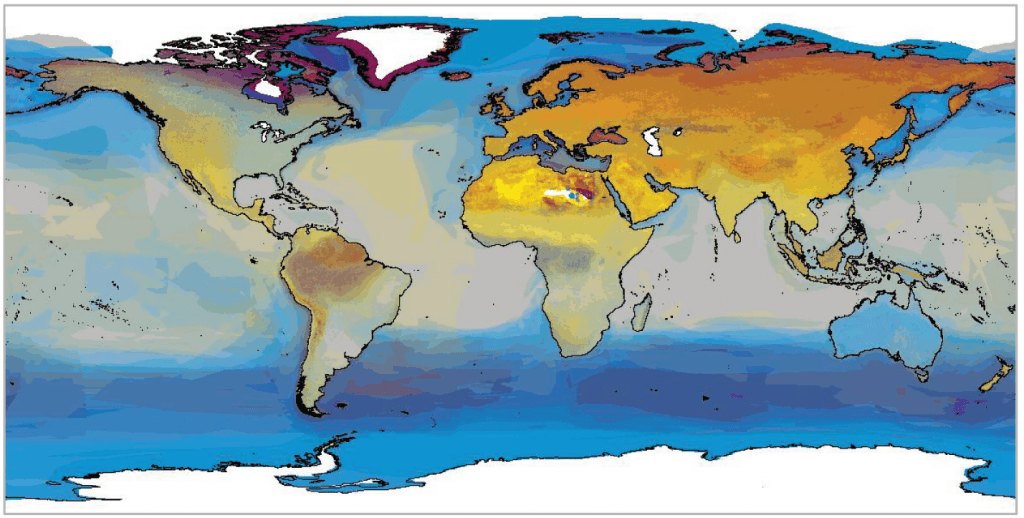July has been an exciting month for science shows – The Royal Society Summer Exhibition ran from the 2nd to the 7th at Carlton House in London, and on Friday 5th July, Soapbox Science took to the south bank for it’s third annual event celebrating women in science.


Technology for Nature. Dr Robin Freeman (UCL, ZSL) demonstrates Mataki technology
At this year’s Royal Society Summer Exhibition, Technology for Nature, a joint project between UCL, Imperial College London, Microsoft Research and the Zoological Society of London, held a successful stall demonstrating a number of applications of technology to ecology and conservation. A particular highlight was the demo for Mataki, a new tracking technology which can detect behavioural information as well as locational information from a small tracking device attached to an animals back. This technology is being used to monitor the movement and foraging behaviour of sea birds. Professor Kate Jones and Dr Robin Freeman were amongst demonstrators during the week, talking to the public.
“We have a pressing need to better assess the behaviour, distribution and status of many species, and new technologies provide new ways to achieve this. From recording the dynamic behaviour of animals in the wild, to better assessments of distribution and diversity – within the Technology for Nature unit we’re developing and using new technological innovations to understand the natural world on which we rely.”
– Dr Robin Freeman (UCL CoMPLEX, Zoological Society of London)
Now in its 10th year, the Royal Society Summer Science Exhibition is an annual event showcasing cutting-edge research from around the UK. Each year, teams of scientists congregate in London hoping to demonstrate and communicate their science to the public, to students and fellow scientists, to policy-makers and the media. With interactive demonstrations, along with evening events and talks, the Royal Society Summer Science exhibition is a highlight of the year. This year, 24 Universities were selected to bring their scientific innovations to the exhibition, covering topics as diverse as dark matter, glacial melting, antibiotics and ecological monitoring. UCL’s Technology for Nature, in collaboration with Imperial College, ZSL and Microsoft Research, demonstrated three of their innovative projects aiming to apply technological advances to ecological problems.

One of the highlights of the Technology for Nature stand was the Mataki demonstration, that had members of the public step into the shoes (wings?) of seabirds to test out the revolutionary technology that can not only track animals, but also monitor behaviour. The small, light weight, economical tracking device produces data that enables different types of flight and foraging behaviour to be identified.
Robin Freeman, a research fellow in UCL’s CoMPLEX and head of the Indicators and Assessments unit at ZSL, helped develop the technology: “The Mataki platform provides an open, low-cost tool that researchers can use to record animal movement and behaviour in the wild. By providing a powerful tracking technology in a small, low-cost package, I hope that more researchers are able to gather the rich data that we need to understand the changing behaviour of animals in the wild.”


Professor Kate Jones (UCL, ZSL) and Dr Robin Freeman (UCL, ZSL) engage with the public to demonstrate Technology for Nature
Professor Kate Jones, from UCL’s Center for Biodiversity and Environment Research, has been working on a number of projects aimed at improving the ease of detecting and identifying bats, and utilising crowd-sourcing as a means to tackle large data sets generated by such technology.
“Developing easily accessible tools with which to identify wild species is critical to engage more people with the natural world and to monitor any changes. Imagine a world where you could hold up your smartphone when you hear a bird call and it would identify the species – like a Shazam app for biodiversity. We are still a way from that point yet but we are progressing with such tools for bats where the first stage is to develop an online tool that can identify bat echolocation calls. We are now developing that into a smartphone application”
– Professor Kate Jones (UCL CBER)
Find out more about the Technology for Nature project.
Soapbox Science

Julie Dunne (Bristol University)
talking about the history of dairy
consumption.
As the long awaited summer finally arrived in London, so did 12 of the UK’s top female scientists, ready to communicate their science to the public in one of London’s most unusual science events – Soapbox science. Here, scientists are challenged to enthuse, entertain and educate a diverse audience about their research, without the aid of powerpoint slides and scientific jargon. Armed with nothing more than a few props, a Soapbox and a lot of enthusiasm, this years inspiring female scientists were challenged to explain their research to the public.
Soapbox science is a collaboration between the Zoological society of London and L’Oréal-UNESCO For Women in Science, which aims to highlight the struggles faced by women pursuing a career in science and challenge the public’s view of women in science. Soapbox science was created by Dr Seirian Sumner and Dr Nathalie Pettorelli, hoping to inspire a new generation of female scientists.


Professor Laura Piddock talks about antibiotic resistance, and Dr Emily Cross demonstrates how the human brain perceives complex movement.
Co-organiser, Dr Nathalie Pettorelli (Zoological Society of London) says: “Now in its fourth year, Soapbox Science is a platform to showcase the most eminent female scientists in the UK, and to highlight some very serious issues that we have witnessed as mid-career scientists: the disappearance of our female peers”. Dr Seirian Sumner (Bristol University) adds “Through events like Soapbox Science and our Campaign for Change, we want to actively bring women of all career stages together and promote that women can have a career in science”.
This year’s Soapbox scientists covered topics ranging from gut bacteria to the neuroscience of dance, from computing to antibiotics. Find out more about Soapbox Science


Soapbox Science in Gabriels Wharf. Dr Zoe Schnepp (University of Birmingham) explains superconducting seaweed and green nanotechnology.


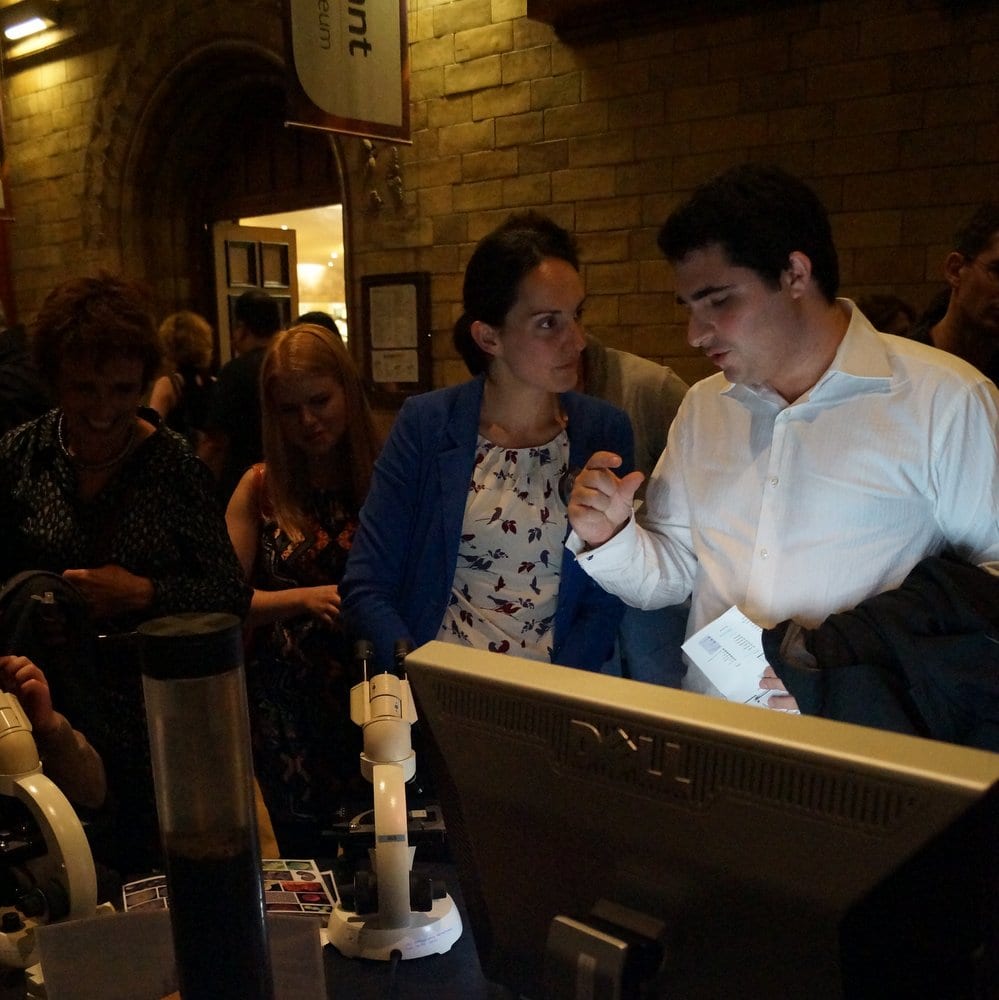
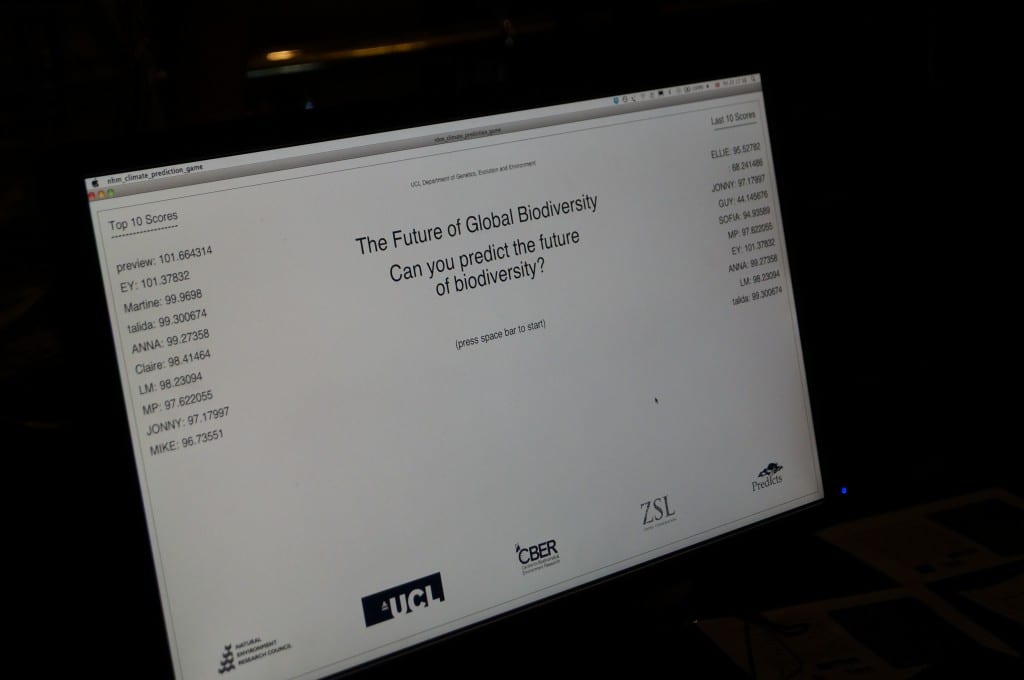 As part of the GEE Environmental Change Stall, in collaboration with the PREDICTS Project, and ZSL, Claire Asher and Robin Freeman developed a game to test the public’s perceptions of present and future environmental change and biodiversity loss. Participants were asked to make a guess about future environmental change under two scenarios – a low-emissions scenario in which land-use decisions are based primarily on the agricultural value of the land, and a high-emissions scenario in which emissions pricing influenced land-use decisions. Predicted levels of global biodiversity were estimated up to 2100 using the PREDICTS model and well recognised scenarios of climatic warming and land-use change. The game proved very popular, with nearly 50 players during the night, competing to achieve the best score.
As part of the GEE Environmental Change Stall, in collaboration with the PREDICTS Project, and ZSL, Claire Asher and Robin Freeman developed a game to test the public’s perceptions of present and future environmental change and biodiversity loss. Participants were asked to make a guess about future environmental change under two scenarios – a low-emissions scenario in which land-use decisions are based primarily on the agricultural value of the land, and a high-emissions scenario in which emissions pricing influenced land-use decisions. Predicted levels of global biodiversity were estimated up to 2100 using the PREDICTS model and well recognised scenarios of climatic warming and land-use change. The game proved very popular, with nearly 50 players during the night, competing to achieve the best score.  The answer was not as simple as many of our players might have expected. Because climate does not act alone to influence species extinctions, land-use and other aspects of each scenario also played a major role. In the high-emissions scenario, emissions pricing (an attempt to minimise further warming) encouraged the preservation of primary forest, mitigating some of the negative effects of climate change on biodiversity. Meanwhile, in the low-emissions scenario, continued loss of primary forest in favour of agricultural land, particularly for the production of biofuels, meant that biodiversity suffered more than we might have thought from climate warming alone. Our decisions about emissions, land-use and conservation policies will have a far-reaching effect on global biodiversity.
The answer was not as simple as many of our players might have expected. Because climate does not act alone to influence species extinctions, land-use and other aspects of each scenario also played a major role. In the high-emissions scenario, emissions pricing (an attempt to minimise further warming) encouraged the preservation of primary forest, mitigating some of the negative effects of climate change on biodiversity. Meanwhile, in the low-emissions scenario, continued loss of primary forest in favour of agricultural land, particularly for the production of biofuels, meant that biodiversity suffered more than we might have thought from climate warming alone. Our decisions about emissions, land-use and conservation policies will have a far-reaching effect on global biodiversity.

 Close
Close









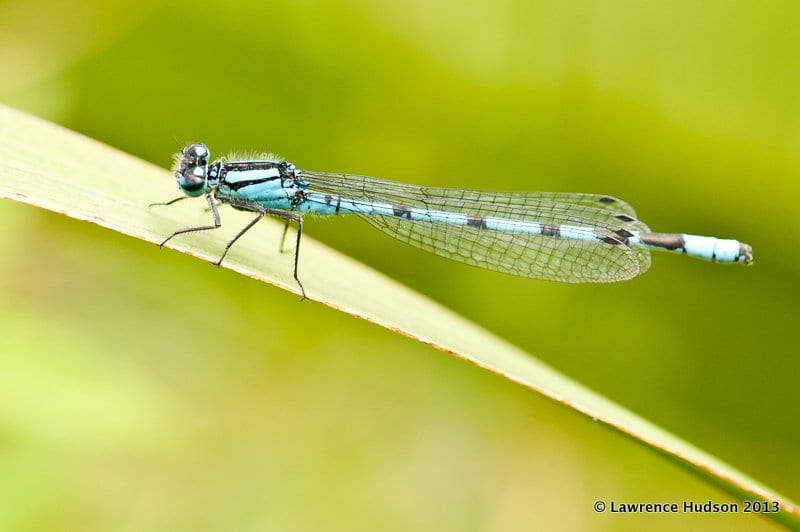
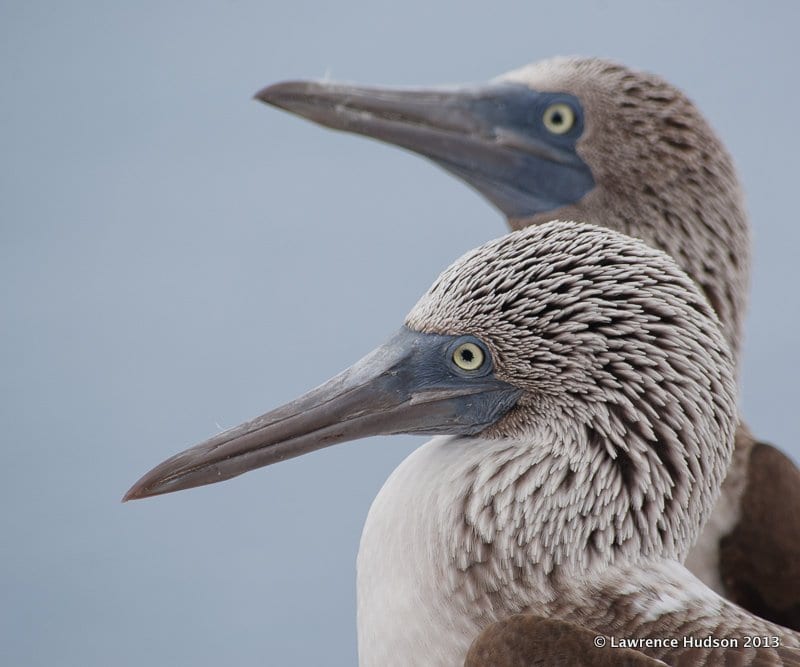



 The UK is one of the most altered ecosystems in the World, and its land is dominated by agriculture. Nearly 75% of UK soil (that’s 18.4 million hectares!) is agricultural. Decisions about how to use our land have traditionally used a one-size-fits-all, market-driven approach, but recent research in UCL’s
The UK is one of the most altered ecosystems in the World, and its land is dominated by agriculture. Nearly 75% of UK soil (that’s 18.4 million hectares!) is agricultural. Decisions about how to use our land have traditionally used a one-size-fits-all, market-driven approach, but recent research in UCL’s  However, the pattern of gains and losses in the monetary value of land varied across the country, with weaker environmental regulation favoured in north west Britain. They therefore also considered models which allowed policy to vary across the UK. Selecting a policy scenario for each area based on both market value and ecosystem services yielded net benefits of 20% across the UK, with much larger gains in highly populated areas. Converting relatively small areas of land towards recreation and green-space was of extremely high value in urban areas, at a relatively small cost to agriculture.
However, the pattern of gains and losses in the monetary value of land varied across the country, with weaker environmental regulation favoured in north west Britain. They therefore also considered models which allowed policy to vary across the UK. Selecting a policy scenario for each area based on both market value and ecosystem services yielded net benefits of 20% across the UK, with much larger gains in highly populated areas. Converting relatively small areas of land towards recreation and green-space was of extremely high value in urban areas, at a relatively small cost to agriculture. 

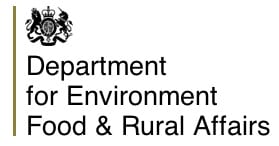











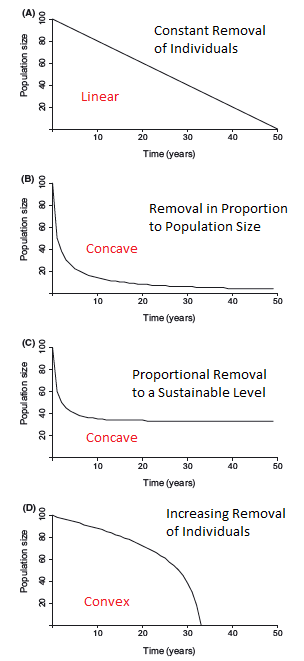
 That’s all very well and good, but how well does the simulated data match up to real-world wildlife populations? Using data from the
That’s all very well and good, but how well does the simulated data match up to real-world wildlife populations? Using data from the  Population decline curves may not enable us to identify specifically which threats are affecting a population, however they can reveal important details of how those pressures are changing over time. The
Population decline curves may not enable us to identify specifically which threats are affecting a population, however they can reveal important details of how those pressures are changing over time. The 